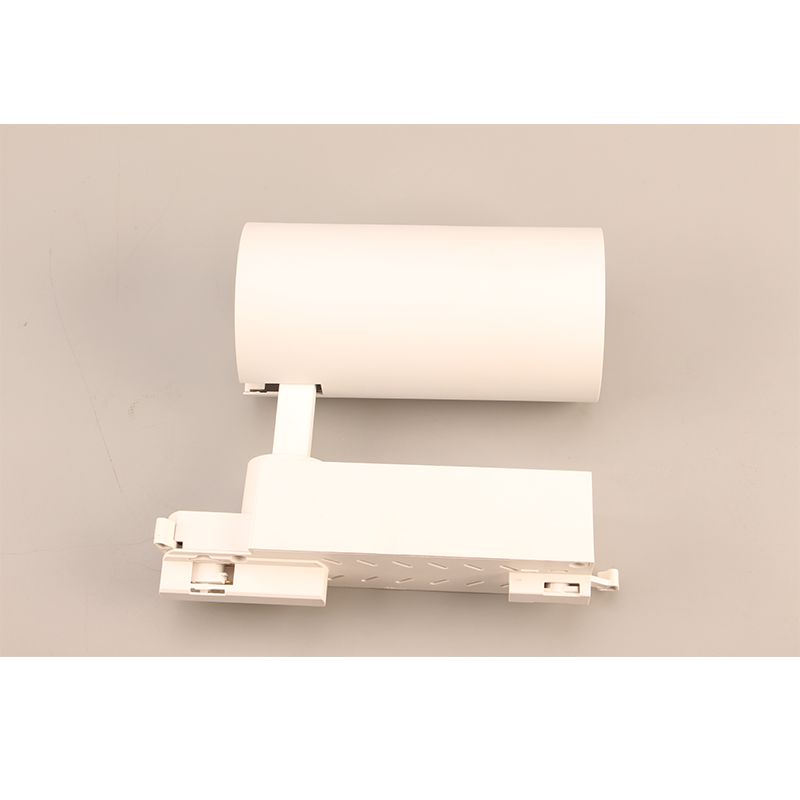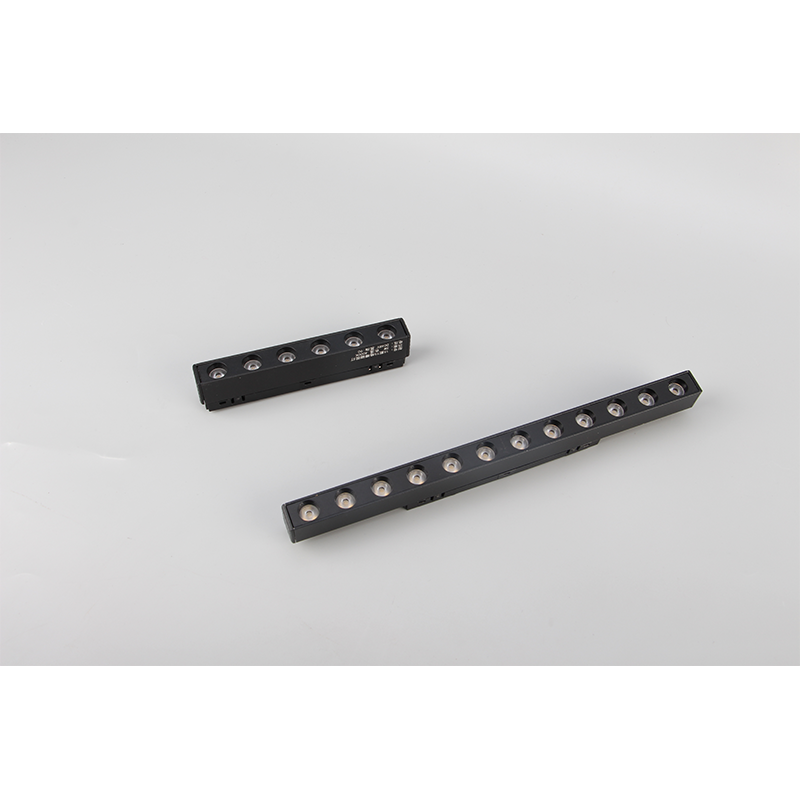Why Are LED Track Lights Popular in Art Galleries?
Key Benefits of LED Track Lights in Art Galleries
Energy Efficiency and Operational Cost Savings
LED track lights are highly energy-efficient, consuming up to 75% less energy than traditional halogen or incandescent bulbs. This significant reduction in power usage not only lowers the carbon footprint of art galleries but also results in considerable savings on electricity bills. Although the initial cost of LED technology may seem higher, its longevity, with a lifespan ranging from 25,000 to 50,000 hours, mitigates frequent replacement expenses. Furthermore, galleries can benefit from government incentives and rebates designed to promote energy-efficient practices, further enhancing cost savings.
Flexible Lighting Adjustments for Dynamic Displays
The adjustability of LED track lights is a game-changer for art galleries, offering customizable solutions for dynamic displays. With the ability to fine-tune beams and angles, curators can emphasize each piece distinctively and create visually captivating presentations. This flexibility allows gallery managers to rearrange their exhibitions without repositioning the fixed lighting, thus accommodating frequent changes with ease. Additionally, dimmable LED options enhance control over the light's intensity, enabling the gallery to tailor the ambience to align with specific exhibit requirements, thus elevating the visitor experience.
Enhanced Color Accuracy with High CRI Ratings
High Color Rendering Index (CRI) ratings, above 90, are a hallmark of LED track lights, providing true-to-life color illumination that is crucial for art galleries. This accuracy ensures that the colors in paintings, textiles, and other artworks appear authentic, maintaining the artist's intended visual impact. The superior color quality provided by these lights helps preserve the integrity of the artwork, ensuring that every hue and nuance is distinctly visible under artificial lighting. By utilizing LED technology paired with enhanced CRI ratings, art galleries can effectively maintain and showcase the authenticity of their collections.
Technical Advantages Supporting Art Preservation
UV and Heat Reduction for Delicate Artworks
LED track lights play a critical role in art preservation by providing substantial UV and heat reduction advantages. Traditional lighting sources often emit UV radiation that can damage sensitive materials in artworks, leading to fading or degradation over time. In contrast, LED track lights generate significantly less UV radiation, ensuring the longevity of artworks. Furthermore, LEDs produce minimal heat, significantly reducing the thermal stress on paintings and fragile sculptures, which is crucial for maintaining their condition over extended periods. Additionally, galleries can enhance protection by implementing UV-filtered lenses or coatings alongside LED fixtures, offering an extra layer of defense.
Long-Term Durability and Minimal Maintenance
LED track lighting is favored in galleries for its longevity and robust performance. Unlike traditional bulbs, LED track lights are highly durable, adept at withstanding vibrations and impacts, which make them suitable for dynamic gallery environments with frequently changing exhibits. Their extended lifespan, often exceeding 25,000 to 50,000 hours, results in fewer bulb replacements and reduced maintenance costs, lessening disturbances during exhibitions. To further diminish maintenance needs, galleries can integrate smart lighting technologies to enable remote monitoring and control of light performance, ensuring optimal ambiance without constant physical adjustments.
Customizable Lighting Scenarios for Different Mediums
One of the standout features of LED track lighting is its ability to offer customizable lighting scenarios tailored for various art mediums. Curators can fine-tune lighting setups to achieve softer illumination for delicate paintings and sharper focus for sculptures, thus enhancing each medium's visual appeal. This flexibility extends to the ability to easily switch between static and dynamic lighting, accommodating diverse exhibits and artistic expressions. Through strategic use of lighting techniques, galleries can craft engaging narratives that guide the viewers' attention, subtly enhancing the storytelling aspect of each exhibition.
Top LED Track Light Solutions for Gallery Spaces
Commercial-Grade LED Track Lights: 10W, 20W, and 30W Options
Commercial-grade LED track lights offer an ideal solution for art galleries looking to tailor lighting intensity to specific requirements. Available in 10W, 20W, and 30W options, these fixtures provide galleries with the flexibility they need to enhance both general lighting and highlight focused accents effectively. Proper selection of wattage not only optimizes the illumination of artwork but also contributes to overall energy efficiency and enhanced performance of the gallery space. Choosing the right commercial-grade LED track lights can transform how visitors engage with the artwork.
LED Linear Magnetic Flood Track Light for Even Distribution
LED Linear Magnetic Flood Track Lights are designed to deliver even light distribution, making them perfect for large gallery spaces. Their linear shape guarantees uniform illumination across surfaces, avoiding harsh shadows and dark spots, which enhances the visitor experience in long gallery corridors. The magnetic design allows these lights to be repositioned effortlessly, providing flexibility as exhibits change and evolve. These track lights ensure that even the most expansive gallery spaces are brilliantly and comfortably lit.
High Luminous Efficiency 3W Mini Spot Light
High luminous efficiency mini spotlights are the perfect option for galleries needing detailed illumination without overwhelming viewers. The compact 3W design allows these spotlights to provide bright, focused lighting while retaining energy efficiency. They are easy to integrate discreetly into existing track systems, maintaining the gallery’s aesthetic appeal. With an adjustable beam angle, these spotlights can be directed precisely where needed, accentuating key pieces of art elegantly.




